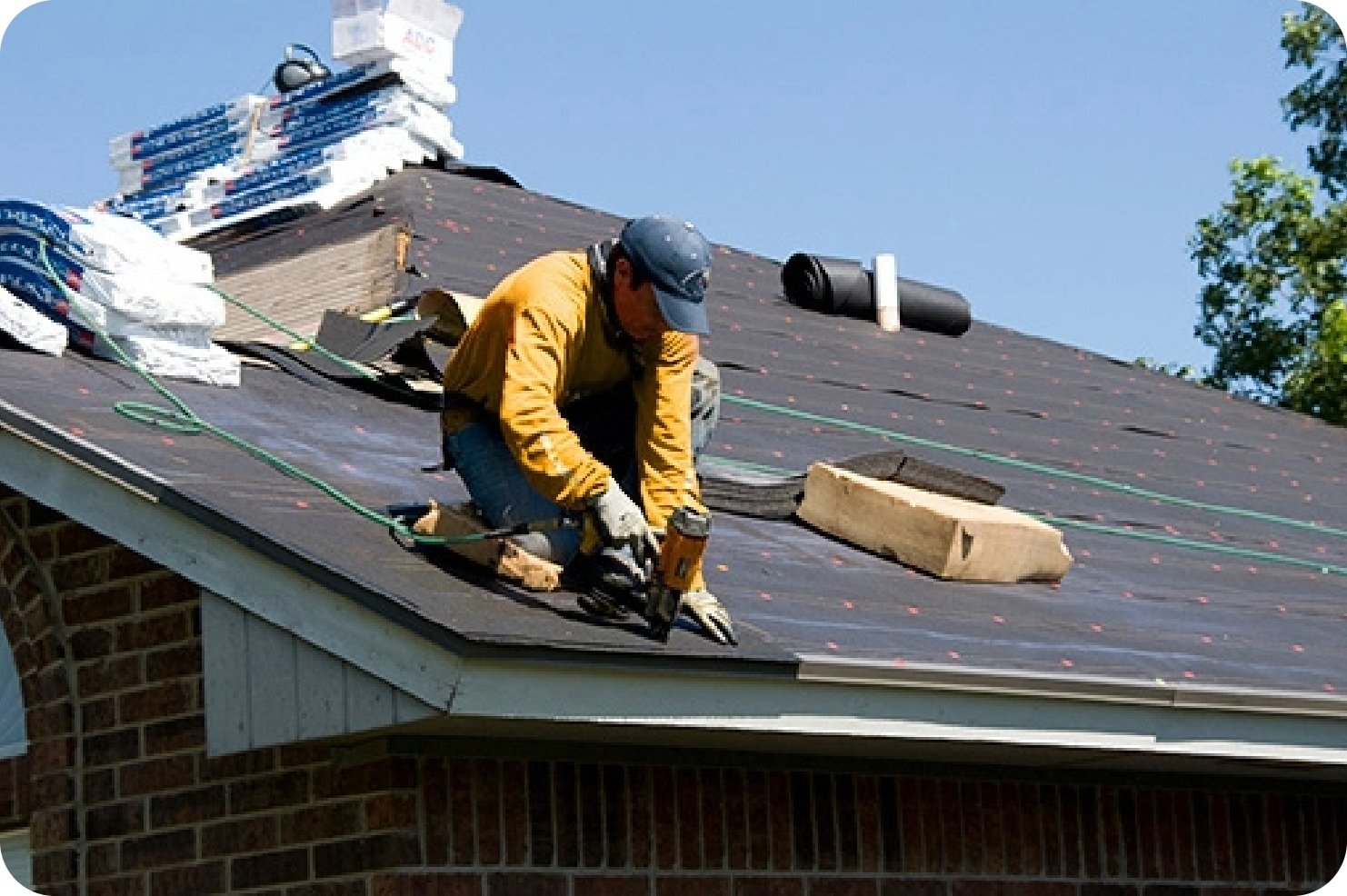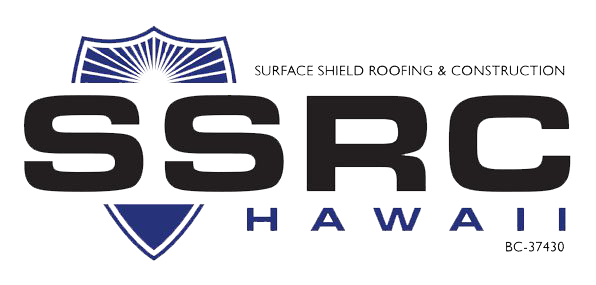Comprehending the Various Sorts Of Roofing Systems: A Comprehensive Overview for Homeowners
With a range of choices-- varying from the typical gable to the contemporary level-- each kind provides unique advantages and obstacles that ought to line up with the home owner's environmental factors to consider and specific demands. As we check out the details of various roof covering types, it becomes evident that one size does not fit all; the ideal choice might stun you.
Saddleback Roof
Saddleback roofs, defined by their triangular shape, are among the most prominent roofing designs as a result of their simpleness and performance in losing water and snow. This design features two sloping sides that meet at a ridge, permitting for efficient drain and minimizing the danger of water build-up. The high pitch typically connected with gable roofings enhances their ability to manage heavy precipitation, making them ideal for different environments.
In addition to their useful advantages, saddleback roofs offer visual versatility. They can be adjusted to different architectural styles, from typical to modern-day homes. The layout can likewise suit added attributes such as dormer windows, which improve all-natural light and air flow in the attic room room.
Furthermore, saddleback roofs supply enough area for insulation, adding to power performance. Homeowners can select from a variety of roofing products, including asphalt tiles, metal, and tiles, further enhancing modification alternatives.
Despite their advantages, gable roofing systems may call for additional support in areas vulnerable to high winds or hefty snowfall. On the whole, the gable roof stays a preferred option as a result of its blend of functionality, toughness, and visual appeal.
Flat Roofs
Level roofing systems are frequently recognized for their minimalist design and useful applications, particularly in industrial and industrial settings (oahu roofing). These roofing systems feature a nearly straight or straight surface, which enables very easy building and construction and flexible room utilization. While they may do not have the aesthetic appeal of angled roofs, level roofs use various benefits, specifically in urban environments where taking full advantage of area is essential
One of the key advantages of flat roof coverings is their accessibility. Homeowners can make use of the roofing system area for numerous purposes, such as rooftop yards, terraces, or solar panel setups. Furthermore, flat roofs are normally extra cost-efficient to keep and set up contrasted to their sloped equivalents, as they call for less materials and labor.
Typical products used for flat roof coverings consist of built-up roof (BUR), modified bitumen, and single-ply membrane layers, each offering distinct benefits. In general, flat roofing systems serve as a adaptable and useful option for many home owners and businesses alike.
Hip Roofing Systems
Hip roof coverings are characterized by their sloped sides that merge at the top, developing a ridge. This layout stands out from saddleback roofs, as all 4 sides of a hip roof slope downwards towards the walls, giving a much more stable structure. The angle of the slopes can differ, permitting convenience in architectural visual appeals and functionality.
One of the primary advantages of hip roofing systems is their capacity to hold up against heavy winds and adverse weather condition problems. The sloped surfaces enable much better water drain, decreasing the threat of leakages and water damages. In addition, hip roof coverings offer increased attic room space, which can be made use of for storage space or also transformed into livable locations.
Nonetheless, building a hip roofing system can be a lot more expensive and complex than easier roofing kinds, such as gable roof coverings. The added product and labor involved in creating the slopes and ensuring correct structural integrity can cause higher expenditures. Regardless of these downsides, many homeowners favor hip roofings for their toughness, visual allure, and potential for power efficiency.
Mansard Roofs
Mansard roofings, commonly identified by their unique four-sided layout, function two inclines on each side, with the lower slope being steeper than the upper. This architectural style, originating from France in the 17th century, is not only visually enticing yet practical, as it optimizes the useful space in the upper floors of a building. The steep lower incline permits for more headroom, making it a suitable selection for lofts or attics, which can be exchanged living rooms.
Mansard roofings are characterized by their flexibility, fitting different building designs, from typical to contemporary. They can be created with different products, consisting of asphalt roof shingles, slate, or metal, giving home owners with a variety of alternatives to fit their budget plans and preferences. Additionally, the layout allows for the combination of dormer windows, boosting natural see post light and ventilation in the top degrees.
Nonetheless, it is vital to think about the prospective drawbacks. Mansard roof coverings may call for more upkeep because of the intricacy of their style, and their steep slopes can be testing for snow and rain drainage. Generally, mansard roofs integrate sophistication with functionality, making them a preferred option amongst home owners seeking unique architectural features.
Lost Roofs
As house owners increasingly look for simplicity and performance in their architectural designs, lost roofings have actually become a prominent selection. Defined by a solitary sloping aircraft, a shed roof covering provides a minimal aesthetic that complements numerous home designs, from modern to rustic.
Among the main advantages of a shed roof covering is its straightforward building, which usually converts to lower labor and material expenses. This style permits reliable water drain, reducing the threat of leaks and water damages. In addition, the upright slope gives enough room for skylights, improving natural light within the inside.
Shed roofs additionally supply flexibility in regards to usage. They can be efficiently integrated right into enhancements, garages, read the article or outside frameworks like structures and sheds. Furthermore, this roof design can fit different roofing materials, including metal, asphalt tiles, and even eco-friendly roofings, straightening with environment-friendly initiatives.
Nevertheless, it is vital to think about regional environment conditions, as heavy snow tons might necessitate adjustments to the roof covering's angle or framework. Generally, lost roofing systems present a useful and aesthetically pleasing choice for home owners aiming to make the most of capability without compromising style.
Verdict


Gable roofing systems, defined by their triangular shape, are amongst the most popular roofing styles due to their simplicity and performance in losing water and snow. oahu roofing. The steep pitch generally linked with gable roofing systems boosts their capacity to deal with heavy precipitation, making them appropriate for various environments
While they might do not have the aesthetic allure of pitched roofings, flat roofs offer numerous advantages, specifically in city settings where making the most of room is crucial.
